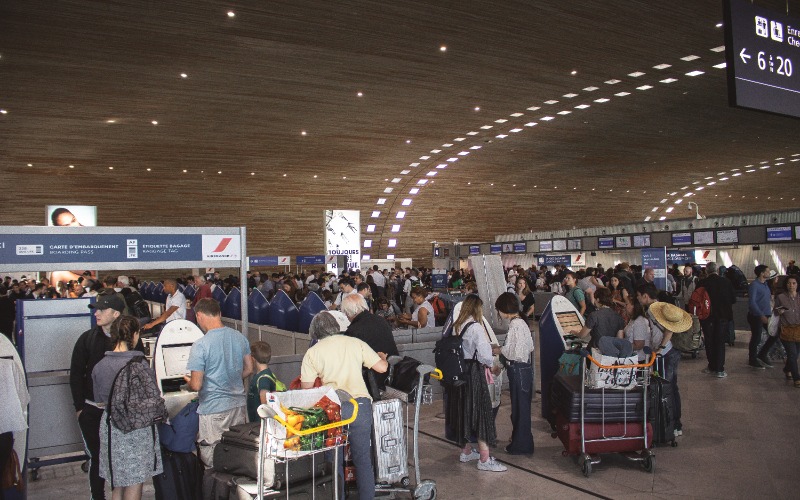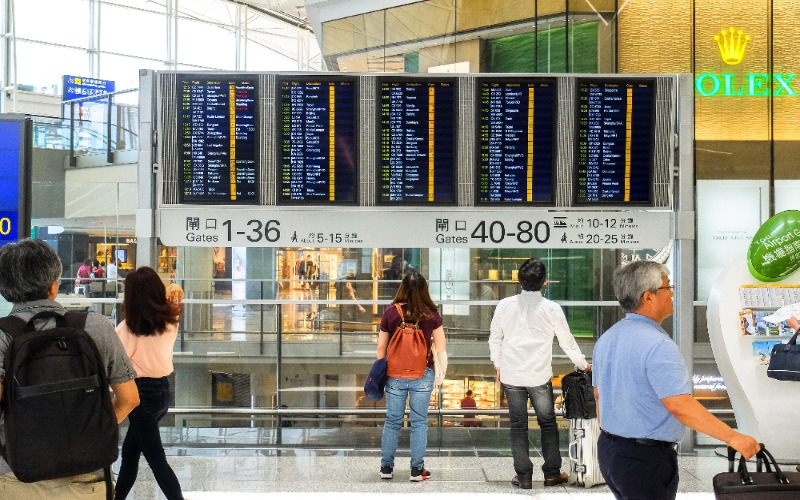The Transportation Security Agency continues to make new headways with facial recognition tech in airports across the United States.
According to recent reports, the Des Moines International Airport launched the new tech on Aug. 16.
TSA officials visited the Des Moines International Airport to demonstrate how the tech works to the public and explain why it’s essential. In addition to making the security process quick, the new facial recognition tech is also said to be safer.
According to TSA spokesperson Jessica Mayle, “This machine can validate the IDs and validate that the person standing there matches the person on the ID more effectively than a human could. It reduces that element of human error.”
In addition to Des Moines International Airport, Miami International Airport will also see new installations of facial recognition tech. According to recent reports, the airport will install about 20 more facial recognition systems by September 2023.
Plus, the airport will have at least 120 facial-scanning softwares at departure gates by next summer. These new developments are crucial since the city is experiencing increasing numbers of travelers and require a better system for optimal regulation.

The History of Facial Recognition Tech in Airports
Since 2020, the TSA has employed around 25 facial recognition tech devices in the United States. The two systems used are the CAT-1 and CAT-2. The CAT-1, the first generation of facial recognition tech, differed from CAT-2 because it required passengers to present their boarding passes.
The upgraded version, CAT-2, does not require this extra step. Instead, the tech machines can confirm flight details and identities simultaneously. With the CAT-2, the facial recognition tech makes quick work of this security process like never before.
In an exclusive interview with Fast Company, the TSA press secretary Robert Langston stated the new innovative tech is extremely successful, with a 97 percent success rate across all demographics.
Still, some travelers are weary of these new tech advancements due to security concerns. With the facial recognition tech taking identification cards and real-life photos for internal, in-depth scanning, some prefer interacting with human TSA employees while going through security.
Langston explains why these safety concerns are irrelevant: “Biometric data is overwritten as soon as the next passenger steps up to the queue. And then, when the technology is turned off at the end of the day, whatever storage system is in there dumps completely. There is no saved image.”
Current airports already utilizing the CAT-2 are in major cities with high traffic, such as Denver, Detroit, and Los Angeles. According to the TSA, the expansion of facial recognition tech in airports is just beginning. Over the next several years, the TSA program aims to install more than 430 facial recognition tech devices in airports across the country.











